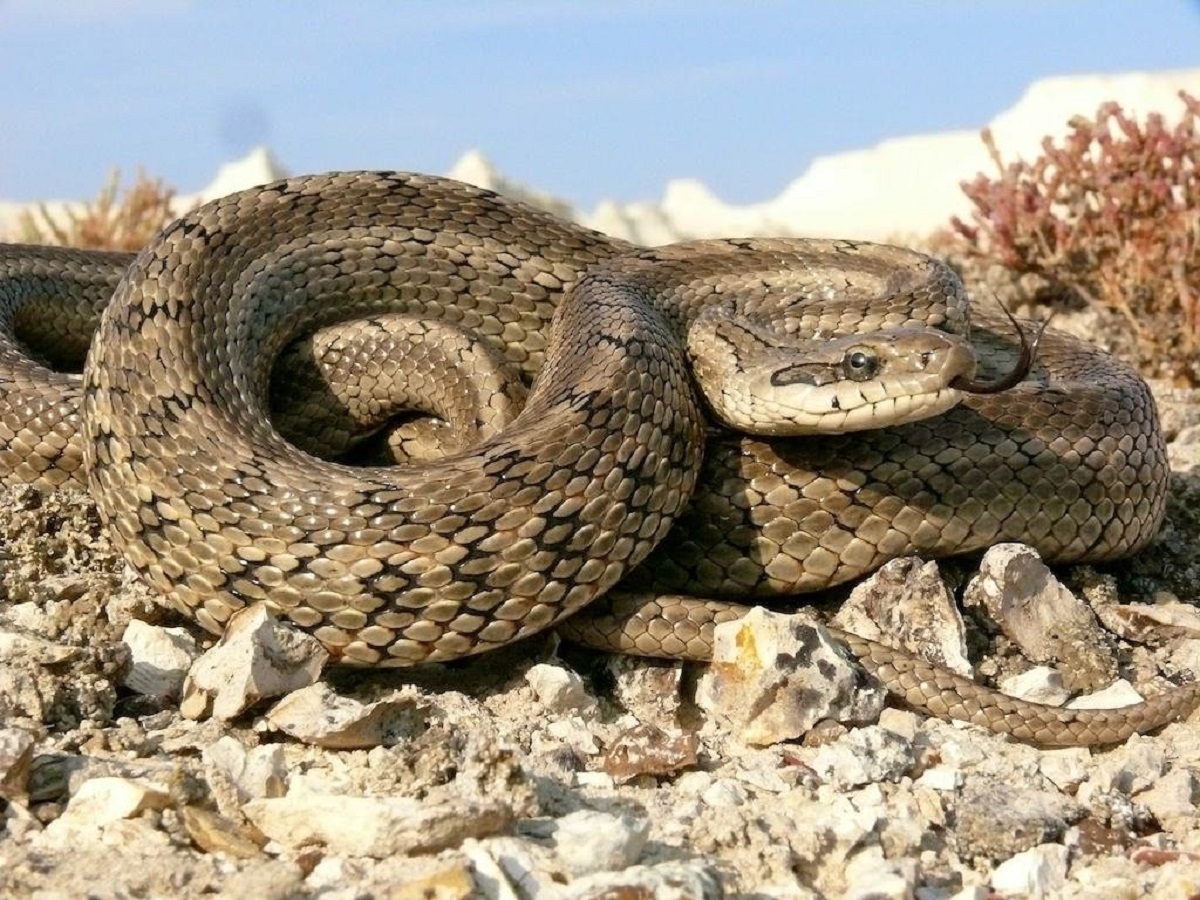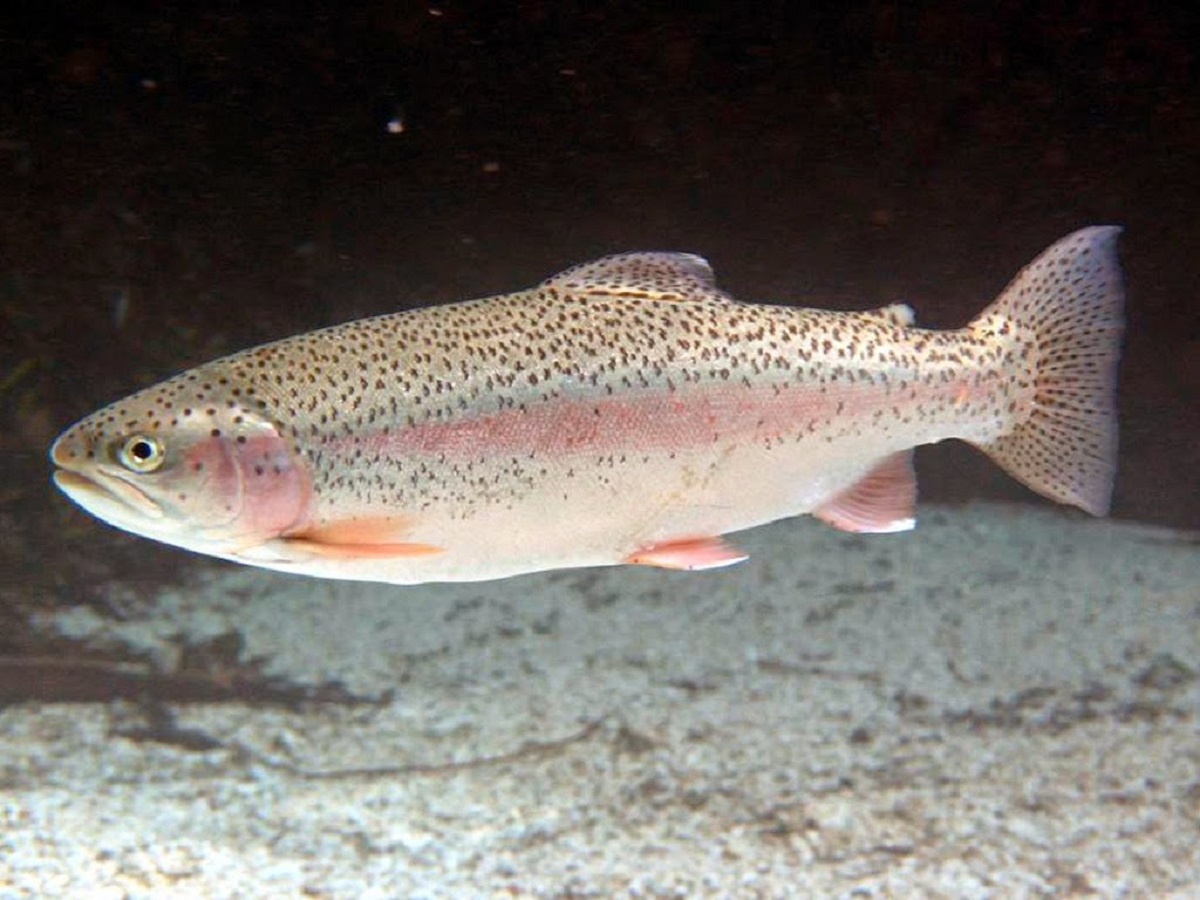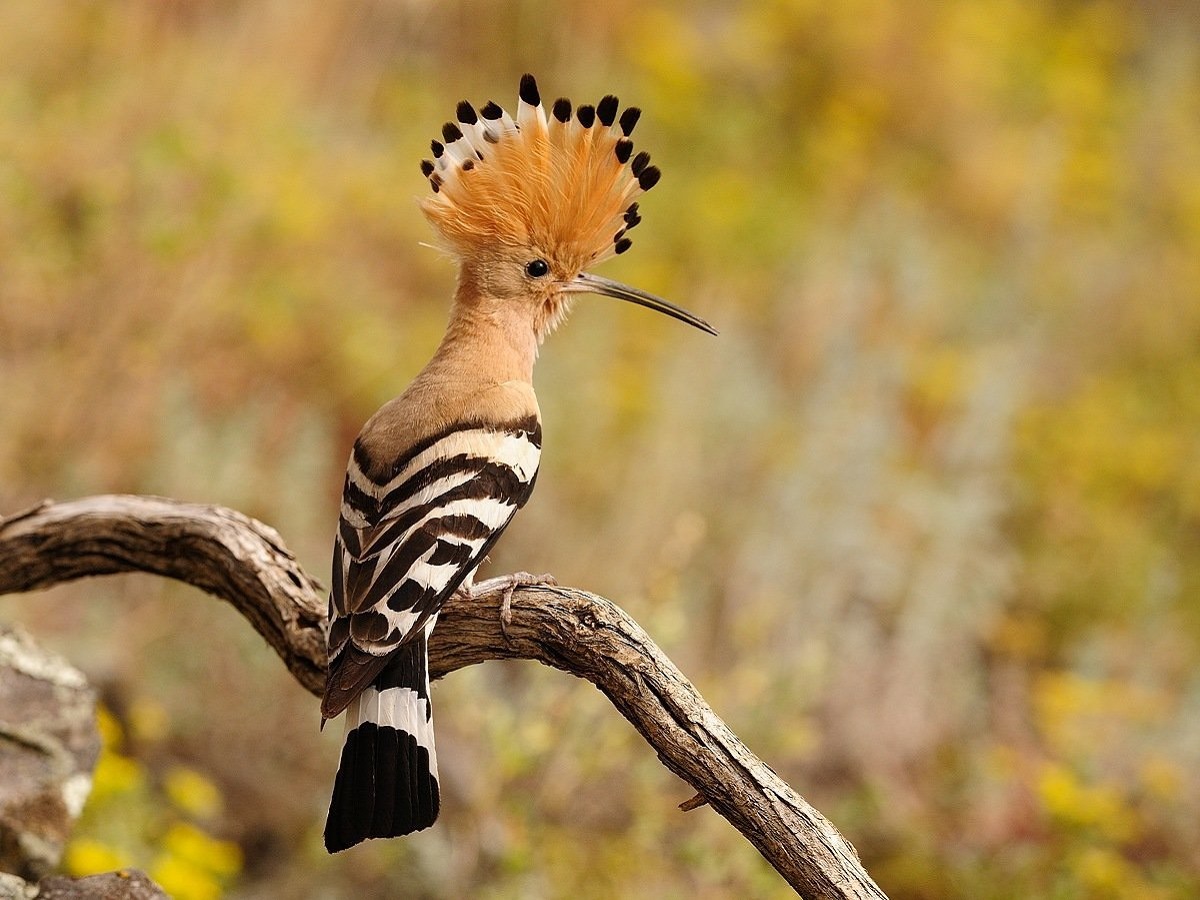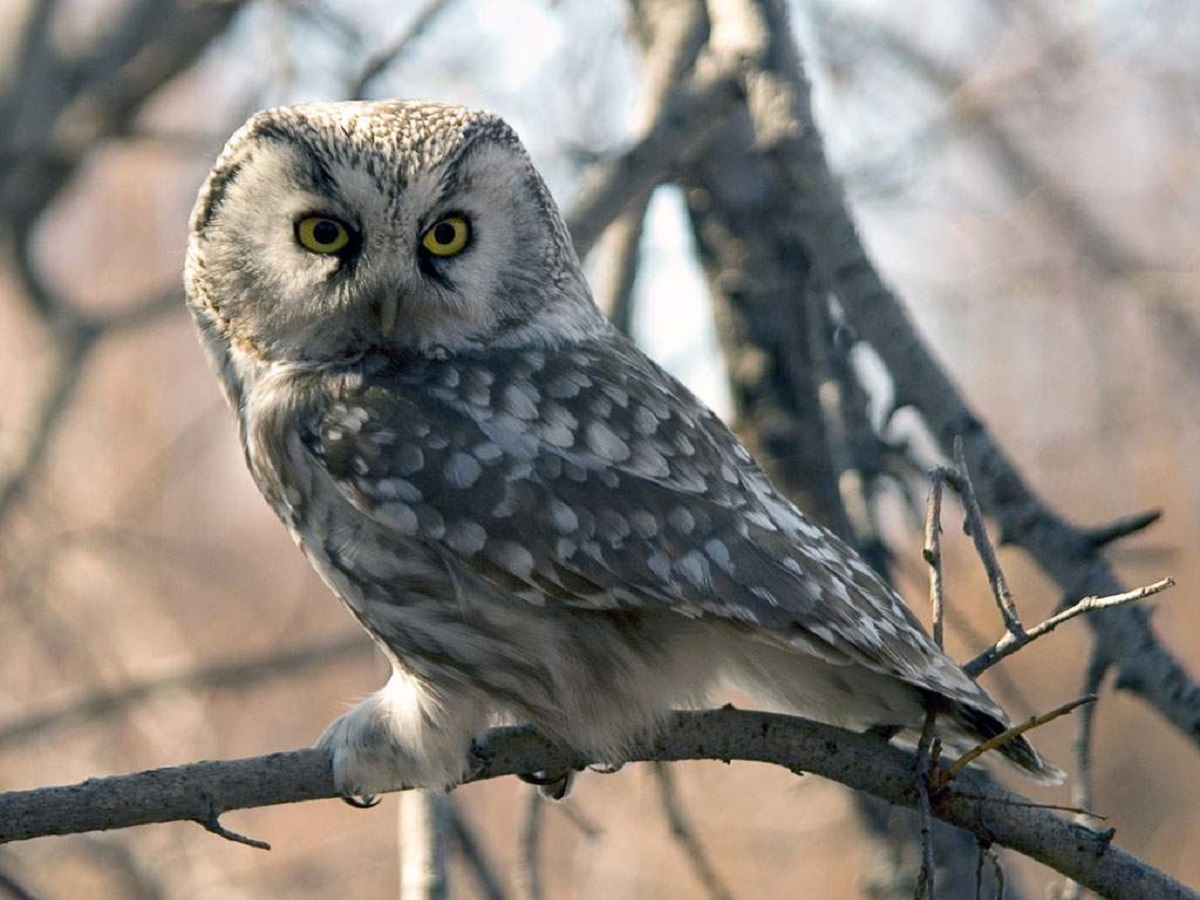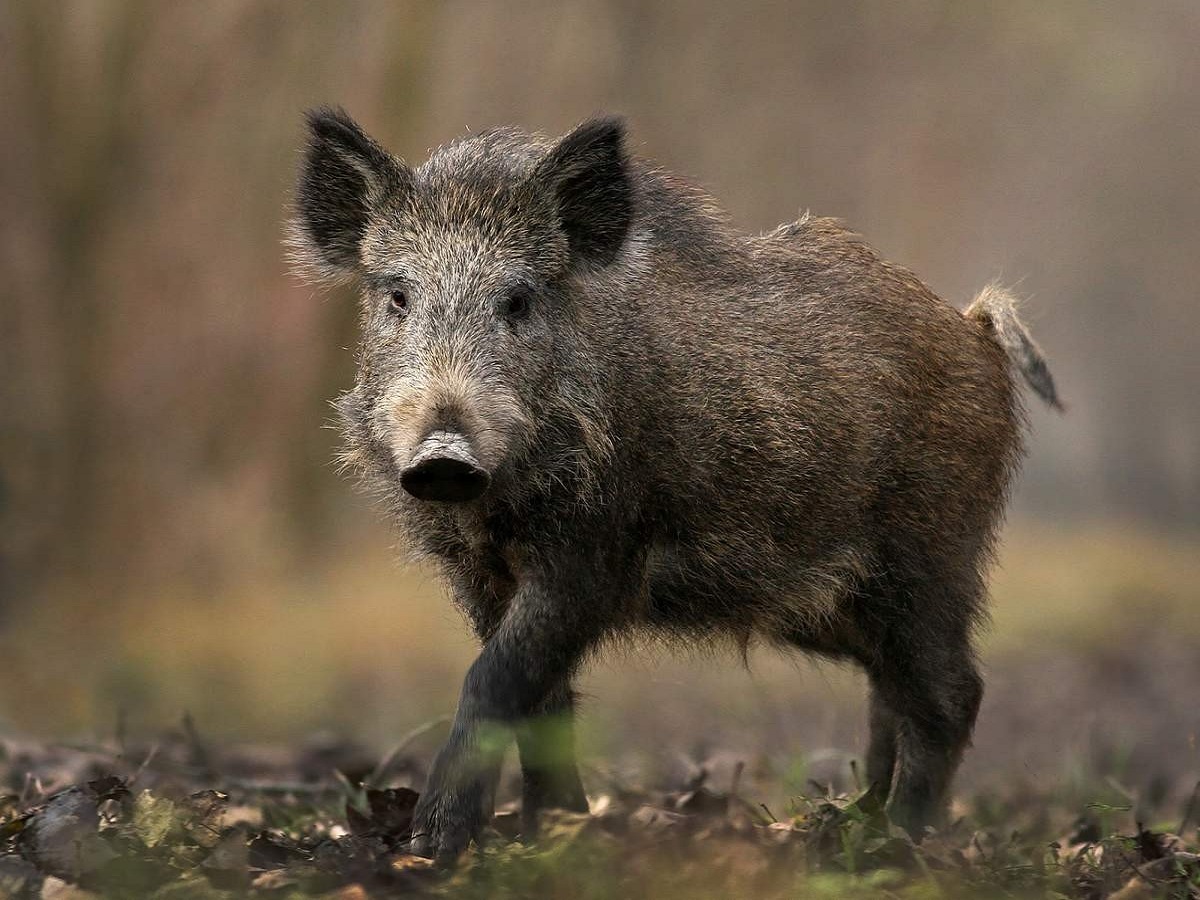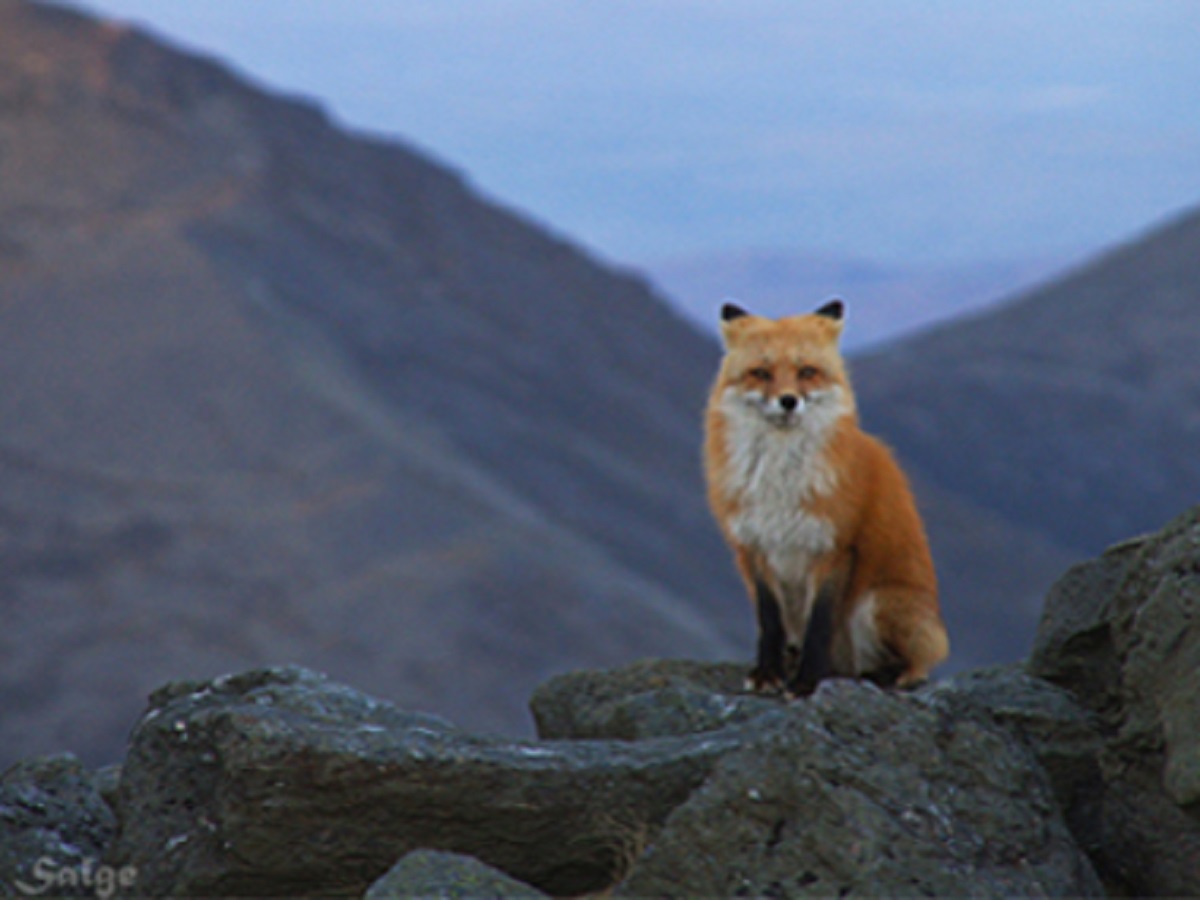Fauna
The natural environment of the National Park is much diversified, so that a great number of animal species can exist here.
The vertebrate animal world includes about 265 species and subspecies of animals – 48 species of mammals, over 200 species of bird, 8 – reptiles, 4 – amphibians and 8 species of fish. The animals of the National Park live in various conditions: from foothills and woodlands up to Alpine belt, on cliffs and glaciers, as well as in water reservoirs and in populated areas.
Mammals
Big-eared hedgehog and Eurasian pygmy shrew are typical in the foothills; along the water streams a rare species – Eurasian water shrew can be found. There is a great number of mouse-like rodent species, as well as wolves, foxes, roes, jackals, badgers, tolai hares, small weasels – a weasel and ermine.
In the forest belt hoofed animals can be often found like wild boar, Siberian red deer, Siberian roe deer, some rodents – squirrel, forest dormouse, Tien Shan red-backed mouse, tolai hare. Siberian red deer live in fir forests, in separate seasons of the year they go up to juniper stands in the highlands, also descend down to deciduous woodlands. Siberian roe deer live everywhere in woodlands, including shrub thickets of low mountains.
In the Alpine zone there are Siberian ibex, argali, rocky white-toothed shrew and Turkestan red pika.
Wild boars can virtually be found throughout the territory of the park; in the autumn they go to wild fruit woodlands for feeding. They migrate greatly searching for feed.
Foxes live in all the landscape and geographical areas of the park, ranging from forests to steppes, including mountains.
Badgers are distributed all over the area of the park, living in various landscapes. They feed on both plant products and animal food, and hibernate during the winter.
Tolai hares are of little size and weight (1.5-2 kg), and inhabit deserts and foothills. Bats can virtually be found in any part of the park: common serotine, common noctule, grey long-eared bat and lesser mouse-eared bat.
Birds
During nesting and reproduction over 130 species of birds gather in the park. Not less than the half of bird species are mountain birds, at that the inhabitation of birds coincide with certain altitudinal belts.
In the foothills, at altitudes of 1100-1200 meters above sea level, among the steeps, ravines and gullies overgrown with thickets of shrubs and weeds, in holes rollers, common bee-eaters and hoopoes are nesting. Besides, common jackdaws, grackles and Acridotheres tristis are numerous. Indian sparrows settle colonies on trees. Pheasants, gray and bearded partridges inhabit thickets of shrubs and high grasses. In the foothills, not less than 76 species of birds can be found in the summer time.
Coniferous woods at altitudes of 2700-2800 meters above sea level are inhabited mainly by taiga birds, such as nutcrackers, goldcrests, common crossbills, wrens, owls - scops-owl and boreal owl. In the hollows of trees make nests coal titmouses and Chinese willow tits; in lower parts of the foothills big titmouses live. In the trunks of old trees three fingered woodpeckers live, in the lower parts of the belt – big motley woodpeckers. A total of 17 species of birds make nests in softwood forests of the park.
Reptiles & amphibians
Within the territory of the park there are relatively few reptiles, amphibians and fish, that is due to harsh mountain living conditions.
Reptiles number only 8 species, amphibians – 4 species, fish - 8 species. All of them are adapted to comparatively harsh living conditions compared with the plain – short continuality of a light day and comparatively low temperature of air and water. From reptiles the most typical are: Dione snake, sand lizard, Alay lidless skink and copperhead snake; from amphibians – Pevtsov’s toad and
lake frog, from fish – scaleless osman and scaled osman, rainbow trout.
